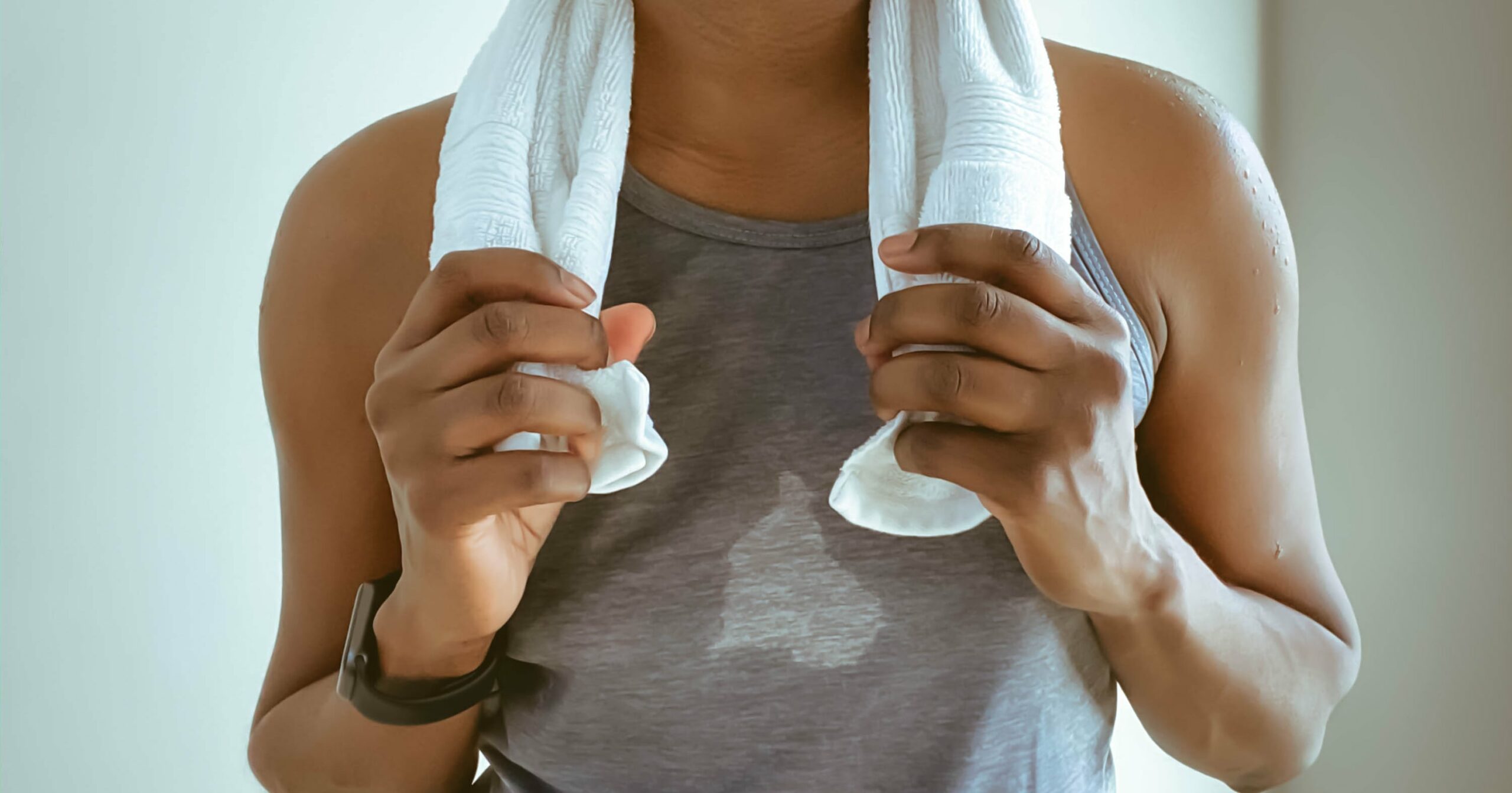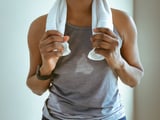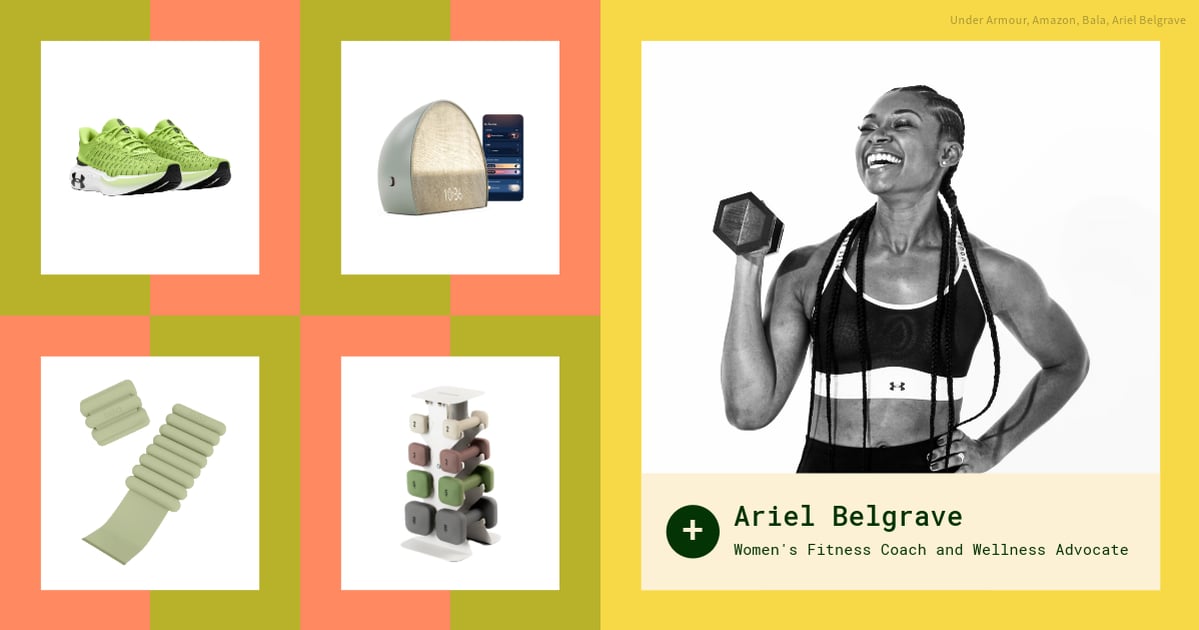No matter how hard you try to prevent it, sometimes you find yourself with a “rise and grind” type of day. For 12-plus hours, you might be bouncing between Zoom meetings, walking your dog, running to the grocery store and laundromat, and checking off a million other tiny to-dos, with little time to make a coffee – let alone power through a full-length workout.
The good news: you can still squeeze in some resistance training with this five-minute arm workout, which hits all of your major upper-body muscles. It’s the perfect exercise snack, effective enough to be your only workout for the day, but also a great way to add a little extra strength training onto a cardio session.
To do the workout, set a timer for five minutes, then kick things off by performing eight reps of each exercise in the circuit. For each of the following rounds, you’ll take away two reps (i.e., you’ll do six reps of every move in round two, four reps in round three, and so on.) Your goal is to make it through all four rounds and into the bonus exercise before the clock strikes zero.
With only five minutes of working time, you’ll need to minimize rest and move quickly – while maintaining good form, of course. Choose a moderate weight, something that’s challenging enough that you feel like you could do two or three more reps after finishing each set but not so difficult that you’re burnt out after two rounds.
This style of workout is designed to challenge your muscular endurance, or your muscles’ ability to produce force – and maintain it – for prolonged periods. The better your muscular endurance, the longer you’ll be able to work without feeling fatigued. That means everyday activities that call on your upper-body musculature for a long time – say, gardening or holding your baby – won’t feel so taxing.
Before you start this five-minute arm workout, warm up for a few minutes with dynamic moves like thread the needle, cat-cow, overhead reach, high plank to downward dog, and scapular push-ups. An active primer before your workout increases muscle temperature and blood flow, which may help improve exercise performance and reduce injury risk, research in the Journal of Exercise Rehabilitation shows.




